As well as being immersed in political intrigue, Cecil was a dab hand at entertaining, he welcomed both Elizabeth and James to his home. He had an eye for the arts, he liked collecting paintings and even swapped one of his homes for one of the kings.
|
Robert Cecil, the first Earl of Salisbury, was small in stature. He suffered from scoliosis and was physically frail. Following in the footsteps of his father he devoted himself to the service of the crown, yet, he is described as an 'archetypal, shadowy, creepy man' operating quietly, but dangerously in the shadows. Baptised at St Clement Danes Church in London on the 6th June 1563, he was the only son of William Cecil and his second wife Mildred Cook. He entered parliament in 1534, and very quickly established himself, but was not as popular, but would go on to be a successful politician and an administrator who took over his father's role in government when he became too ill to do the job himself. In 1596, Cecil became Elizabeth's secretary and out-maneuvered her favourite Robert Devereux in what history calls the Essex's Rebellion. Cecil successfully quashed the rebellion and the Earl of Essex along with it, thus eliminating any rivals to his position as the queen's minister. He would be responsible for the smooth transfer of the crown to James VI of Scotland on Elizabeth's death in 1603. On the succession of the Scottish king, as James I, to the English throne, he temporarily lost influence as James had been a supporter of Essex, but the king came to trust and rely on Cecil, eventually calling him his 'little beagle'. In 1605, Cecil quashed yet another uprising - the Gunpower Plot, although it is thought that it was Cecil who instigated it, with the aim to convince James that he should not trust those of the Catholic persuasion. As well as being immersed in political intrigue, Cecil was a dab hand at entertaining, he welcomed both Elizabeth and James to his home. He had an eye for the arts, he liked collecting paintings and even swapped one of his homes for one of the kings. However, the burden of work eventually wore him down when in the spring of 1612, he complained of being "in great pain and even greater wretchedness of mind" and following a trip to take the waters in the town of Bath, he died of cancer on the 24th of May in 16 at Marlborough in Wiltshire. He was not yet forty-nine. Cecil was buried in St Etheldreda's Church, Hatfield in Herefordshire, and lays beneath an elaborate tomb. It is highly likely that Shakespeare was referring to Robert Cecil, as the unpopular hunchback when he was writing his play Richard III, and this is captured very well in the 2011 film Anonymous where he is portrayed as a small dark creature, underhand, and skulking about the Elizabethan corridors.
0 Comments
Elizabeth Macintosh, known to many a Ricardian as Josephine Tey was born on the 13th February in 1952. An extremely private person, known to hate the press and who gave few interviews, Elizabeth Macintosh was the author of detective novels. In the 1930's Macintosh wrote under the pseudonym of Gordon Daviot, however, her mysteries, including her most famous, The Daughter of Time, was published in 1951. Six of her post war novels written under the pseudonym of Josephine Tey feature, as their main character, one Inspector Alan Grant who appears in the aforementioned The Daughter of Time. Grant is laid up in hospital with a broken leg, to keep himself occupied he reads about Richard III and decides to prove that he was innocent of the murder of the Princes in the Tower. It was from her book Miss Pym Disposes that Tey got the idea for her novel. One of her characters, Miss Lux, a medical lecturer who dislikes the theatre calls Shakespeare's Richard III a "criminal libel on a fine man, a blatant piece of political propaganda, and an extremely silly play" it is this idea that she argued in The Daughter of Time. The story of Richard as a murderer of innocents, states Grant is a 'very superior, first growth, dyed-in-the-wool Tonypandy,' a reference to lies and half-truths taken as correct that continues unabated and unchallenged. A crime novel A Daughter of Time is, but it's a thought-provoking one none the less, its reasoning shouldn't be limited to Richard III's story either.
Elizabeth Macintosh's funeral took place two days before the state funeral of George VI, it was attended by her friends Dame Edith Evans and John Gielgud who played the Richard of Bordeaux in Tey's play of the same name. On the 29th March 1187 the birth of Arthur, Duke of Brittany in Nantes in France to Geoffrey, son of Henry II, and his wife Constance. Arthur's paternal uncle King Richard I had no children and before setting off on his most favourite pastime - the Crusades he named the boy heir to his English throne. However, in 1199 when Arthur was twelve Richard had a change of heart and made his last remaining brother John heir. Quite a sensible thing to do as a country with a minor on the throne is nothing but trouble. Richard was dead by the end of March 1199 and despite his estate being in order, there was trouble anyway. The barons of England supported Arthur - of course, they did ! England's hero the great William Marshall and John's mother Eleanor of Aquitaine stood on John's side. The story goes that King John ordered his nephew's death and claimed the throne for himself. By the beginning of 1200, the boy had gone missing never to be seen again.
It is interesting don't you think that the story of Arthur shows similarities to the disappearance of Princes in the Tower two-hundred years later? Heir’s to the throne go missing, their wicked uncle does the dirty deed and then the bodies are lost forever. The town of Berwick stands on the banks of the River Tweed in Northumberland. Historically, its position proved useful as it is situated on the border between England and Scotland, and because of this it has seen its share of both war and peace. Because of its situation, its governance has been the responsibility of both countries on numerous occasions. In 1357 a treaty was signed here, the first of five Treaties of Berwick, this particular treaty, between King Edward III of England and David II of Scotland, brought to an end Scotland's second attempt at independence. In 1461 during the Wars of the Roses, when Henry VI's wife Margaret of Anjou had fled to Scotland she negotiated a deal with the recently widowed Mary of Guelders over the town in return for help with her Lancastrian cause. When all the papers are signed Berwick upon Tweed became part of Scotland, and it was not until the August of 1482 that Richard, Duke of Gloucester, later King Richard III retook the town and returned it to England. A second treaty, signed in 1526, was issued in order to keep the peace between warring factions on the English/Scottish border.
A third, signed on this day in 1560 saw the completion of yet another Treaty of Berwick. This treaty was Elizabeth I's efforts to give some protection to those who practiced Protestantism in Scotland. The document was signed for and on behalf of the queen by Thomas Howard the Duke of Norfolk. The agreement was in respect of an alliance with Scottish nobles who were opposed to the regency of Mary of Guise, the widow of James V of Scotland, who had retained a French army for her protection. The treaty allowed English forces to enter Scotland and expel these French troops and it would be the first time in history that the English and Scottish fought together against a common foe rather than against each another. There would be two more signing of treaties at Berwick, one in 1586 following an agreement between Elizabeth I and Mary of Guise's grandson King James VI and another in 1639 that ended the First Bishops War. King Richard III, the last English monarch to die in battle and the last to bear the name of Plantagenet was laid to rest on the 26th March in 2015. Richard's mortal remains now rest in Leicester Cathedral under a newly carved tomb that is a far cry from the grave in which he spent the previous five hundred and thirty years. The choice of cathedral had caused much controversy, many people were of the opinion that Richard should be re interred in a much grander cathedral, and most favoured York Minster. This resulted in the City of Leicester and the cathedral itself being subjected to name calling and abuse, which I found disgraceful. To my mind, disregarding the facts that Richard died on a battlefield in Leicestershire and was buried in Leicester itself, it did not matter if Leicester Cathedral was not as grand as York, it is a house of God, and that should have been respected. Leicester Cathedral should be proud of what they achieved, not only of the service which was respectful to all, but of the effort they made to mark the occasion. Flowers were in abundance, there were white roses, and yellow planta genista from which the Plantagenet dynasty gets its name. There were military and royal guests, historians, celebrities and members of the public, not me though, my name was not pulled from the hat. I watched it on the television in the comfort of my front room. No matter that, for my husband and I spent three days during the week long re interment celebrations in Leicester. We started with a drive along the route the cortege would take, visiting Stoke Golding and Crown Hill, the place at which Henry VII received Richard's crown, at Dadlington where many of those killed at Bosworth were buried and Sutton Cheney church where Richard is said to prayed the night before the battle. We attended the Bosworth Field ceremony where the kings coffin passed directly in front of me. Finally, we queued among thousands of friendly people all waiting patiently to view Richards coffin in repose.
It is wonderful to think that I was part of history in the making. Carlisle Castle is over 900 years old, built in the time of William Rufus, it can be found not too far from Hadrian's Wall. In the 1470's Richard, Duke of Gloucester was Lord Warden of the West Marshes, he was responsible for maintaining England's boarder with Scotland and it was Carlisle Castle that Richard would use as his base.The Duke of Gloucester had many supporters in this part of England, and as we know many wore a boar badge of loyalty. There are a number of emblem carvings inside the castle walls that are linked to the House of York, one being a boar, these carvings are said to have been made by prisoners held at the castle.
Below you can see a rather amusing depiction of Richard III by Victorian artist Sir John Gilbert. Gilbert has Richard looking like an old man whose lost his walking stick. As usual Richard is depicted as malicious, here he has an evil eye, he is crooked and sinister but with a penchant for black fur and funny hats, and it seems unable to walk unaided! Christies of London had it up for auction and its final selling price was £2875.
The painting is oil on canvas and is entitled The Arrest of Lord Hastings, it is signed by the artist and is dated 1871. An inscription on the back reads ''The Arrest of Lord Hastings''/'Gloucester: Thou art a traitor:/Off with his head! Now, by Saint Paul I swear,/I will not dine until I see the same./Lovel and Ratcliff, look that it be done: The rest, that love me, rise and follow me.' Richard III Act III Scene 4.' This work was exhibited at the Royal Academy in 1836, a water colour by Gilbert with a similar title "The Arrest of Lord Hasting by the Duke of Gloucester" was also in exhibited 1836 but in a less than grand Suffolk street exhibition. Would I have bought it if I had more money than I knew what to do with? I would not! Would you? Laurence Olivier was born on the 22nd May 1907, for me he is best remembered for his portrayal of King Richard III and the haunted and incredibly handsome Maxim de Winter in Daphne de Maurier's Rebecca. Olivier was brilliant in the role of Shakespeare's Richard, the "Winter of discontent" scene is a fine example of this man's talents. Olivier doesn't ignore the camera but uses it as a tool to talk to us directly, making us believe that we are actually in the same room as the fifteenth century king. The close ups are particularly unnerving, resulting in the audiences intimidation being turned to hate. I have never been able to work out whether Olivier took the film seriously. He is known for his dry humour and his big personality, I cannot make out if he is being funny. The scene at the window for instance he uses his eyebrows to great effect is a prime example or is he just playing Richard as a ludicrous villain as Shakespeare intended? A review of this film when it was first released stated: "this is a superb and bold achievement, most honourable to Shakespeare and to the actor-producer-director, something of a cinematographic miracle." This is true, the only one who loses here is Richard himself. https://www.youtube.com/watch?v=cDxnXgYPnKg Laurence Olivier is one of my favourite actors (Peter O'Toole in the Lion in Winter ranks highly too.) His stage performances are legendary, he was superb as Heathcliffe in Withering Heights and not a little bit naughty in his private life if his letters to Vivian Leigh are anything to go by.
Hampton Court and an interesting representation of the outcome of the Battle of Bosworth. The famous battle in which King Richard III lost the crown of England to Henry Tudor can be seen carved in stone on part of a heraldic shield found in the moat of Hampton Court in 1910. Click on the link to view a video of heraldic shield https://www.facebook.com/HRPalaces/videos/10153516155153468/?fref=nf You can see that the Tudors have represented the famous story of how Henry VII claimed the throne of England by having the crown carved on top of a hawthorn bush. The Hawthorn bush and the crown are highly symbolic representations of both the Battle of Bosworth, (the end of the Plantagenets) and Henry VII (the beginning of the Tudors.)
It is interesting, isn't it, that even after thirty years of a Tudor reign this dynasty were still trying to justify their weak claim to the throne of England. The app 'A Year Ago Today' keeps popping up on my private Facebook timeline, evidently this is what was going on my page that day. I wrote: I am dead proud of myself.......A new book is out about King Richard III and with my photograph on the cover. Its the nearest I will ever get to having anything to do with the Richard in print. #Blowingmyowntrumpt "A new book by Amberley Publishing, 'The Man who Killed Richard III: Who Dealt the Fatal Blow at Bosworth?' by Susan Fern. On 22 August 1485, on a battlefield in Bosworth, Leicestershire, King Richard III was dealt a death blow by the man who had sworn loyalty to him only a few months earlier. He was Rhys ap Thomas, a Welsh lord, master of Carew Castle in Pembrokeshire. For his service that day he was knighted on the field of battle by Henry Tudor. With the discovery of Richard's skeleton, it is now possible to answer this question of who dealt the fatal blow to this iconic English king. Richard III's wounds bear a striking resemblance to the contemporary poem which describes how he died and names Rhys ap Thomas as the man who dealt the fatal blow. Rhys ap Thomas’s life had been inextricably linked with both Richard and Henry; all three young men grew under the shadow of the Wars of the Roses, suffering losses and betrayals. Ironically on his death Rhys chose to spend his final days at the Grey Friars in Carmarthen, being buried by the monks as Richard had been almost forty years before, perhaps in an act of remorse. This is the story of the man who helped forge the course of British history." Here is my original image |
Archives
February 2024
Categories
All
After ten years in the workplace I became a mother to three very beautiful daughters, I was fortunate enough to have been able to stay at home and spend my time with them as they grew into the young women they are now. I am still in the position of being able to be at home and pursue all the interests I have previously mentioned. We live in a beautiful Victorian spa town with wooded walks for the dog, lovely shops and a host of lovely people, what more could I ask for.
All works © Andrea Povey 2014. Please do not reproduce without the expressed written consent of Andrea Povey. |
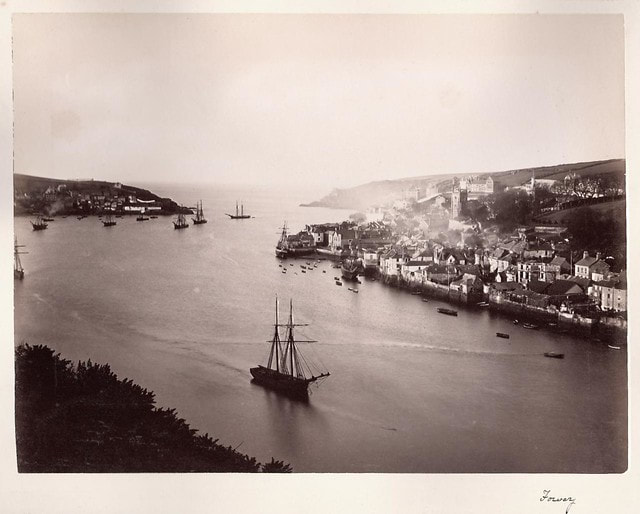
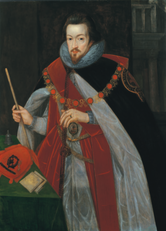
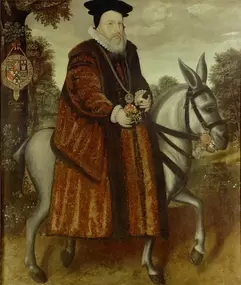

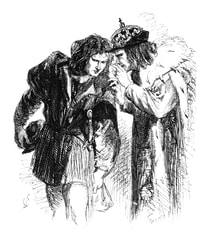
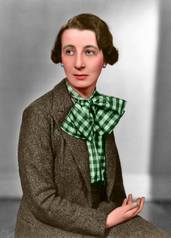
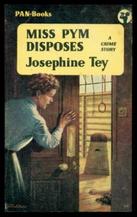
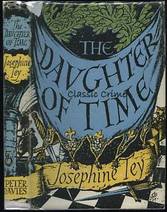

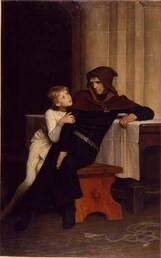
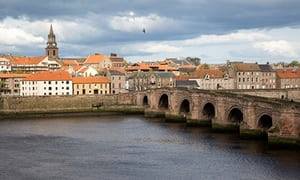
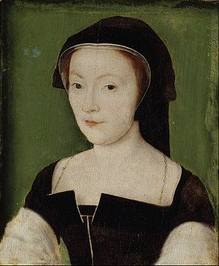
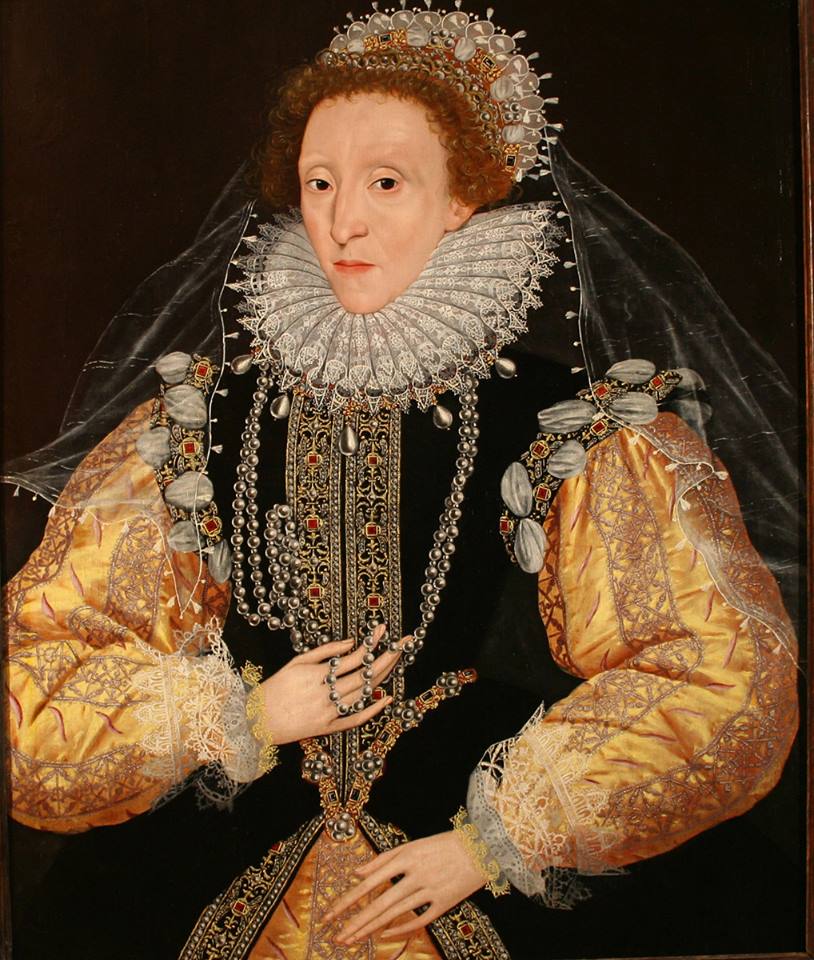
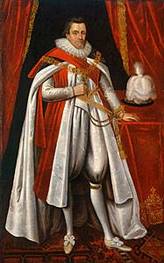
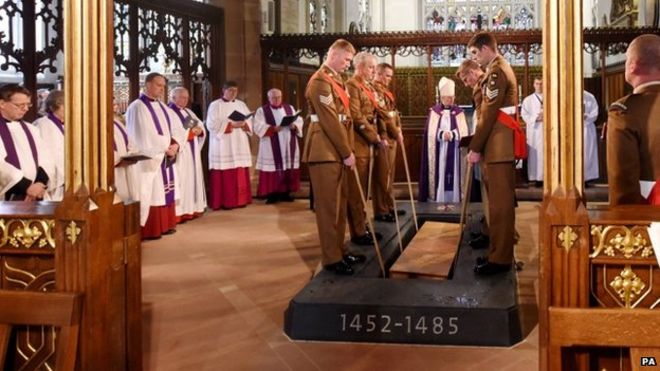
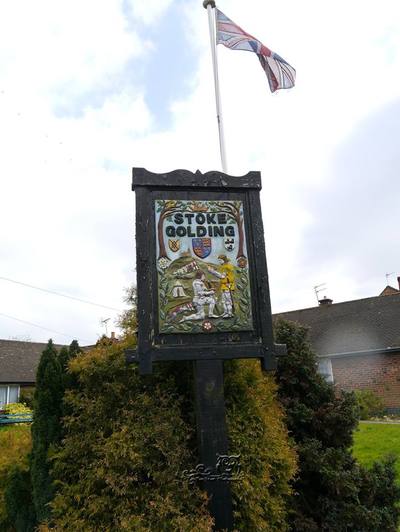
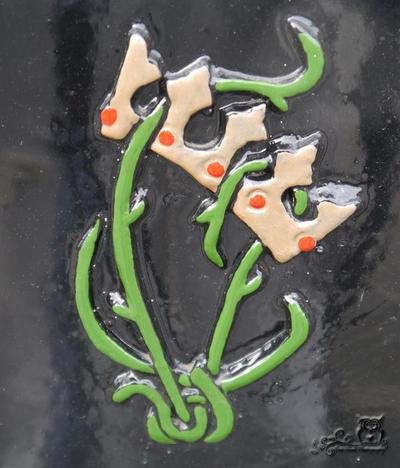
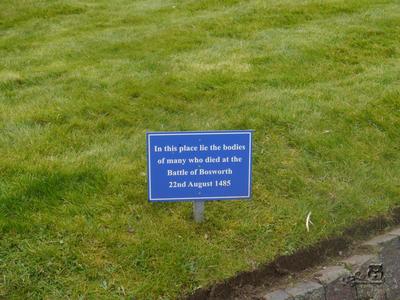
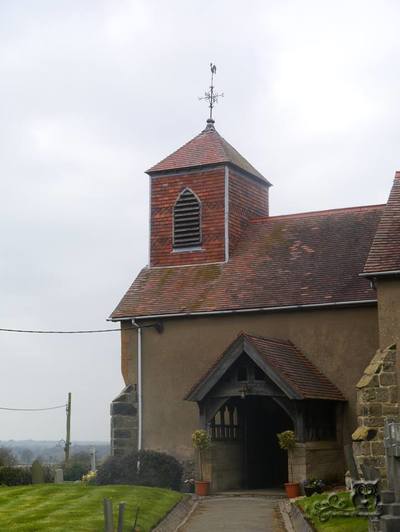
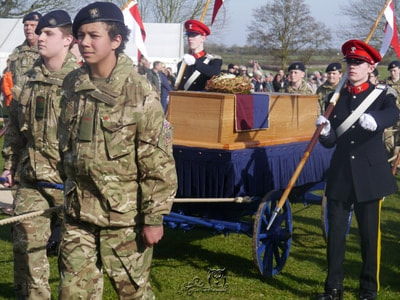
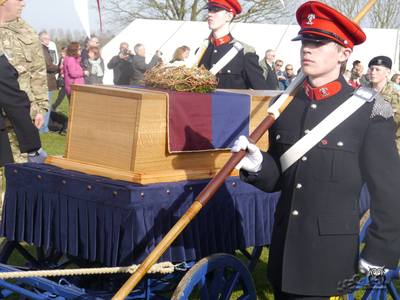
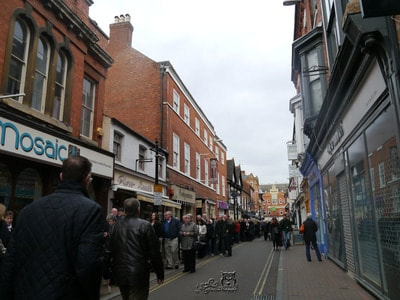
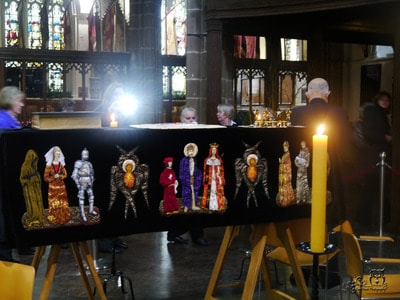
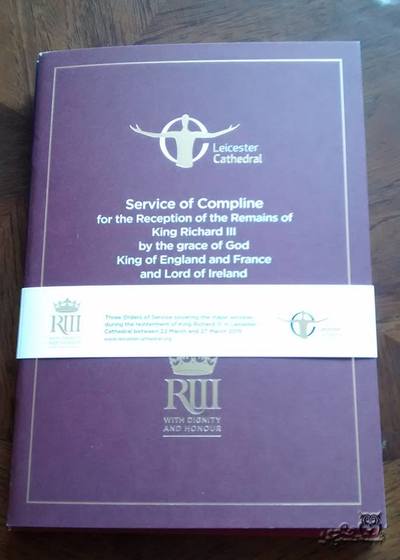
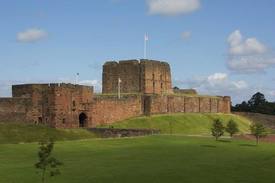
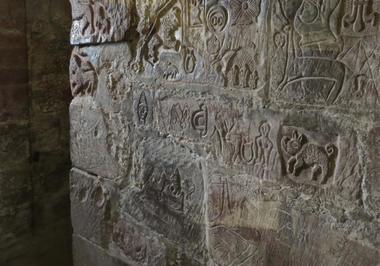
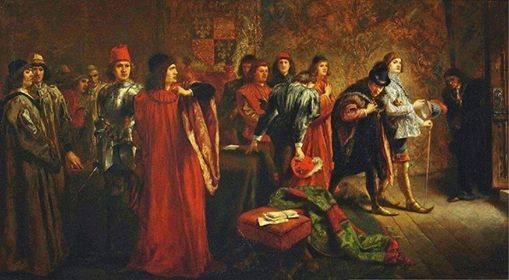

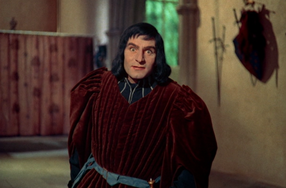
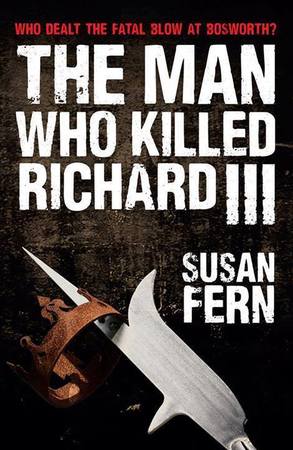
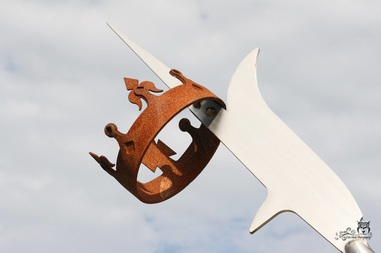

 RSS Feed
RSS Feed
